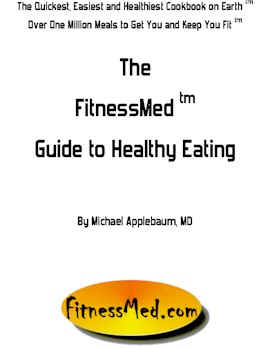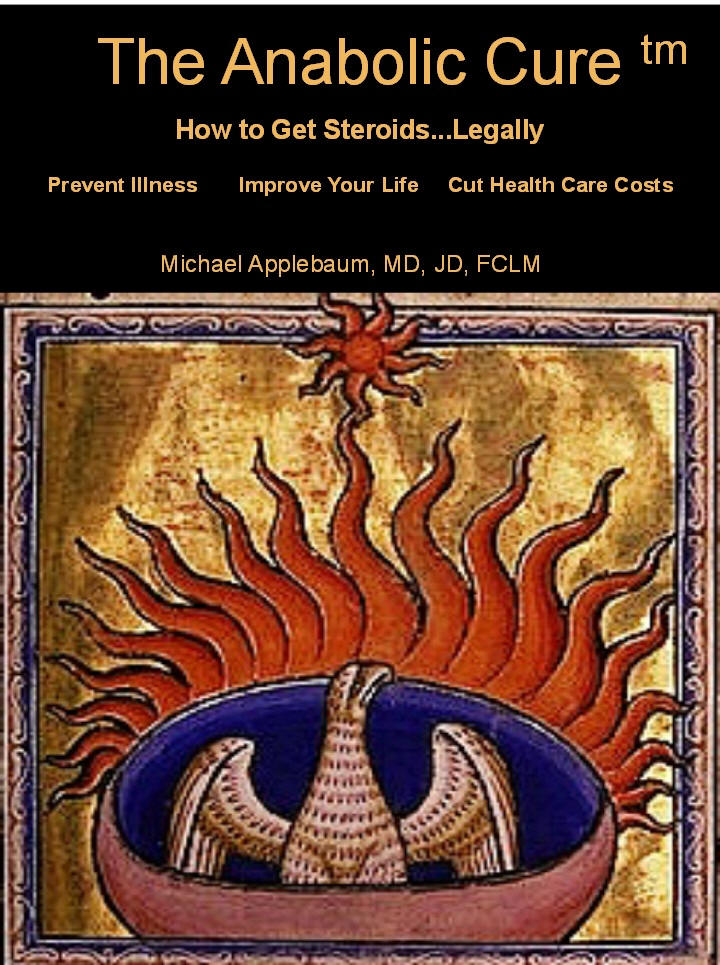That said, it seems to be bad for those who can most use it.
A new study suggests that not every healthy person benefits from regular exercise: for a small 7% minority it may increase heart and diabetes risk factors. The researchers did not suggest this should stop people exercising but point to the importance of using this type of knowledge to personalize exercise programs.Insulin resistance, high TG and elevated SBP are what fat people do to themselves and are almost certainly bad things.
Claude Bouchard, a professor of genetics and nutrition in the Human Genomics Laboratory at Pennington Biomedical Research Center, Baton Rouge, Louisiana, in the US, was lead author of the study, which was published online in PLoS ONE on 30 May.
Bouchard and colleagues write in their background information that public health guidelines suggest adults should do 150 minutes a week of moderate intensity physical activity, or 75 minutes a week of vigorous intensity activity.
However, it is now well established that different people respond differently to exercise in terms of cardiorespiratory fitness and cardiometabolic and diabetes risk factors.
But the question that still remains, is whether there are people for whom the effect of regular exercise on these risk factors could be harmful.
For their study, Bouchard and colleagues analyzed data from six rigorous studies that looked at the effect of exercise in a total of 1,687 adults.
These studies were the HERITAGE Family Study, the DREW Study, the INFLAME Study, and the STRRIDE Study, plus cohorts from two other studies, one from the University of Maryland and another from the University of Jyvaskyla.
They looked to see how many of the participants experienced an adverse response to exercise, which they defined as an "exercise-induced change that worsens a risk factor beyond measurement error and expected day-to-day variation".
Bouchard and colleagues produced their own parameters for this definition by measuring resting systolic blood pressure (SBP), fasting plasma HDL-cholesterol (HDL-C), triglycerides (TG), and insulin (FI) in 60 people over a period of three weeks.
From these measures they defined an adverse response in these risk factors as: an increase of 10 mm Hg or more for SBP, 0.42 mmol/L or more for TG, or 24 pmol/L or more for FI or a decrease of 0.12 mmol/L or more for HDL-C.
HDL level is under attack as a poor biomarker.
Bottom line, fat people with IR, TG and SBP will use this data to make excuses.








No comments:
Post a Comment